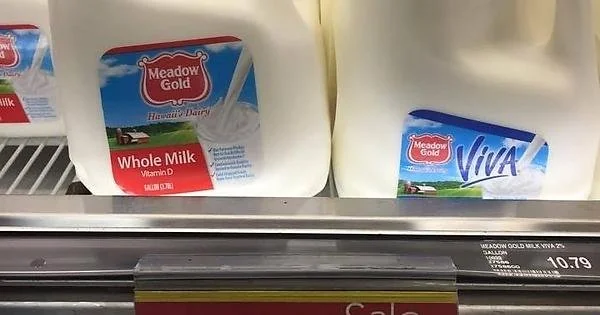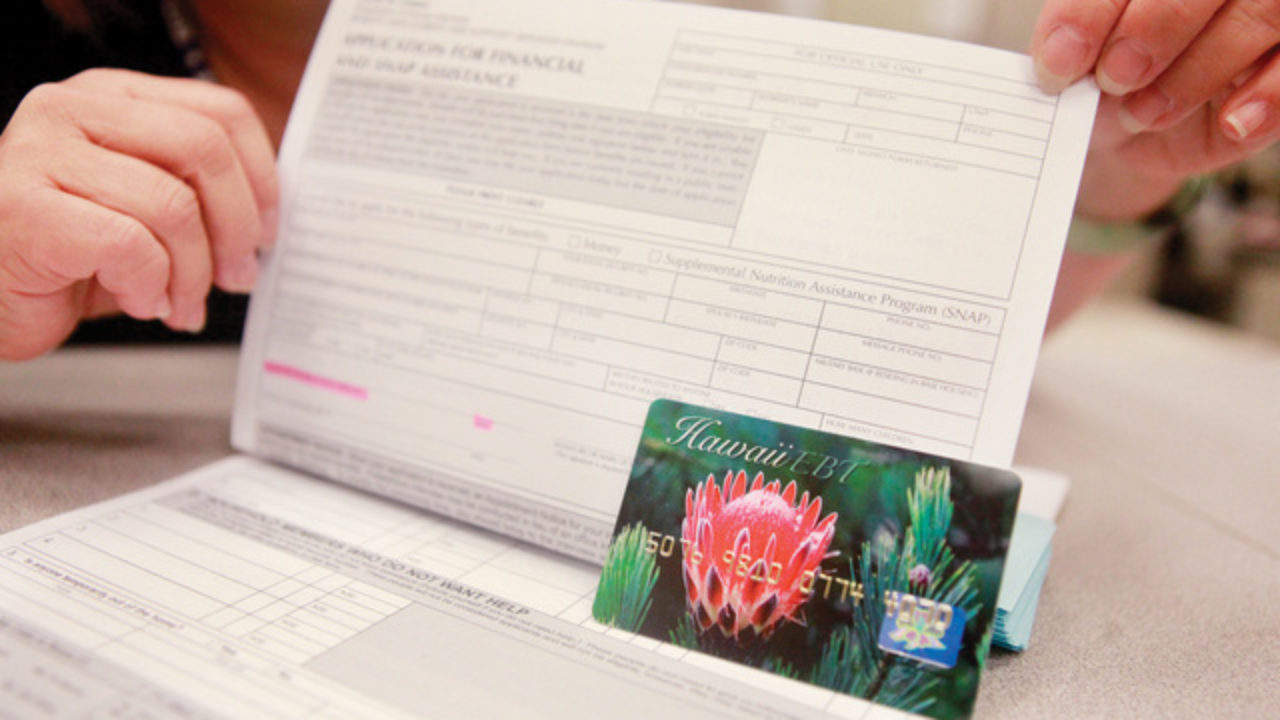Hawaii is a beautiful place with stunning beaches, lush mountains, and unique culture. But have you ever wondered about the cost of everyday items like milk? Many people ask, “how much is a gallon of milk in Hawaii?” In this article, we’ll explore the price of milk in Hawaii, the factors that affect it, and what makes living in this tropical paradise unique.
Understanding the Basics
When we talk about buying milk, we’re often thinking about a simple trip to the grocery store. Milk is a staple in many households. It’s used for breakfast cereals, cooking, and even drinking straight from the glass. But in Hawaii, the price of milk can be quite surprising.
In most places in the mainland United States, a gallon of milk can cost anywhere from $2 to $4. However, in Hawaii, the price tends to be higher. As of the latest figures, a gallon of milk in Hawaii can cost around $6 to $8. This is significantly more than what you might pay in other states.
Why Is Milk So Expensive in Hawaii?
You might be wondering why the price is so high in this island state. There are several reasons for this. One major factor is the cost of transportation. Since Hawaii is made up of islands, almost everything, including food, has to be shipped in. This adds extra costs that are passed on to consumers.
Another factor is the limited local production of dairy products. While there are some dairy farms in Hawaii, they cannot produce enough milk to meet the demand of the entire population. This means that a lot of milk has to be imported from the mainland. Importing milk and dairy products increases the price even further.
How Do Prices Compare?
To give you a clearer picture, let’s compare the price of milk in Hawaii to a few other states. For example, in California, a gallon of milk might cost around $3.50. In Texas, it could be even lower, at about $2.80. This comparison shows just how much more expensive milk can be in Hawaii.
It’s not just milk that’s expensive, though. Many other food items can also cost more in Hawaii. Fresh fruits and vegetables, for example, often have a higher price tag than in other states. This can be tough for families trying to stick to a budget.
The Impact on Families
For families living in Hawaii, the high price of milk can affect their grocery bills significantly. Many parents want to provide their children with healthy food options, but when basic items like milk are so expensive, it can be challenging.
Some families may decide to buy less milk or look for alternatives. Plant-based milks, such as almond or soy milk, might be considered as substitutes. However, these options can also be pricey.
Exploring Alternatives
If you’re looking to save money on milk in Hawaii, there are a few strategies you can try. One option is to shop at local farmers’ markets. Sometimes, local vendors sell milk at a better price than grocery stores.
Another idea is to join a buying club or co-op. These groups often purchase items in bulk, which can lead to savings for members. It’s a great way to connect with your community while also getting a better deal on groceries.
How to Find the Best Prices
When it comes to finding the best prices for milk, it’s a good idea to compare prices at different stores. Some grocery chains might offer sales or discounts on certain days. Checking local flyers or using price comparison apps can help you spot the best deals.
Additionally, keep an eye out for sales during holidays or special events. Many stores run promotions that can help you save a little extra on your grocery bill.
The Importance of Dairy in Hawaii
Milk is not just a drink; it’s an important part of many recipes and meals. In Hawaiian cuisine, milk and dairy products play a role in various traditional dishes. For example, they can be used in desserts, sauces, and baked goods.
Understanding the significance of dairy in Hawaiian cooking can help you appreciate why it’s so important to many residents. Even with the high prices, many people still want to include milk in their diets.
Health Benefits of Milk
Milk is known for its nutritional benefits. It’s a great source of calcium, which is important for strong bones and teeth. It also contains protein and vitamins that are essential for growth and development, especially in children.
In Hawaii, where outdoor activities and healthy living are encouraged, having milk as part of a balanced diet can contribute to overall health. However, families need to balance these health benefits with the financial aspect of purchasing milk.
Tips for Budgeting Milk Purchases
If you’re trying to keep your grocery budget in check, here are a few tips for managing your milk purchases:
- Plan Your Meals: By planning your meals for the week, you can buy just the right amount of milk you need and avoid waste.
- Buy in Bulk: If you have the storage space, consider buying larger containers of milk. Sometimes, larger sizes can be more economical.
- Use Coupons: Look for coupons in newspapers or online. Many grocery stores offer discounts on milk from time to time.
- Consider Powdered Milk: Powdered milk is often cheaper and has a longer shelf life. It can be a good backup option when fresh milk prices are high.
The Future of Milk Prices in Hawaii
As with any commodity, milk prices can fluctuate based on various factors. Economic changes, shipping costs, and even natural disasters can all impact how much you pay for a gallon of milk in Hawaii.
It’s always wise to stay informed about market trends. Keeping an eye on local news and updates can help you understand potential changes in prices.
Conclusion
So, how much is a gallon of milk in Hawaii? While it can be quite pricey—around $6 to $8—understanding the reasons behind this cost can help you make informed choices.
By exploring alternatives, budgeting wisely, and keeping an eye on prices, you can still enjoy milk while living in this beautiful state. Whether you’re a local or just visiting, knowing the cost of everyday items can help you navigate your shopping trips with ease.
For more insights about Hawaii, check out our homepage at HawaiianPage. If you’re curious about filming locations in Hawaii, take a look at our article on where Jurassic Park was filmed here.



